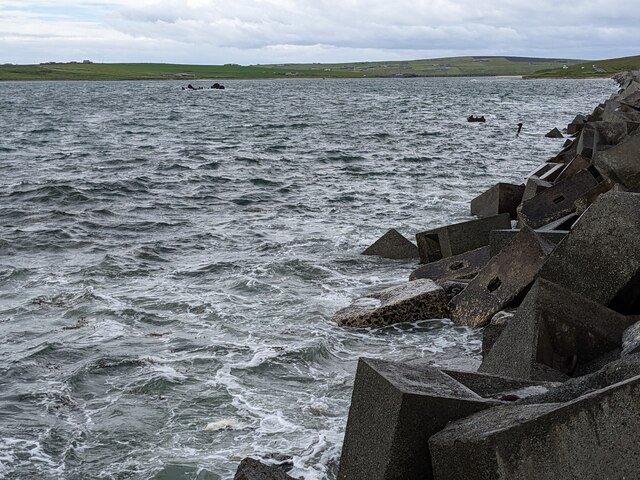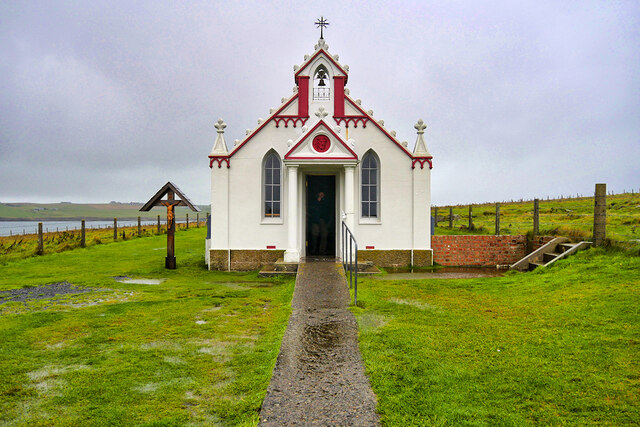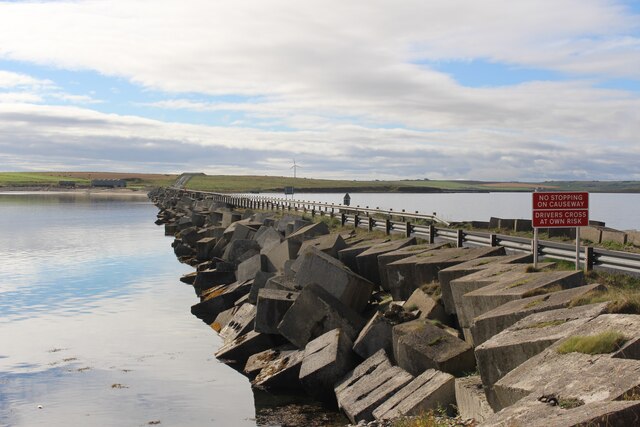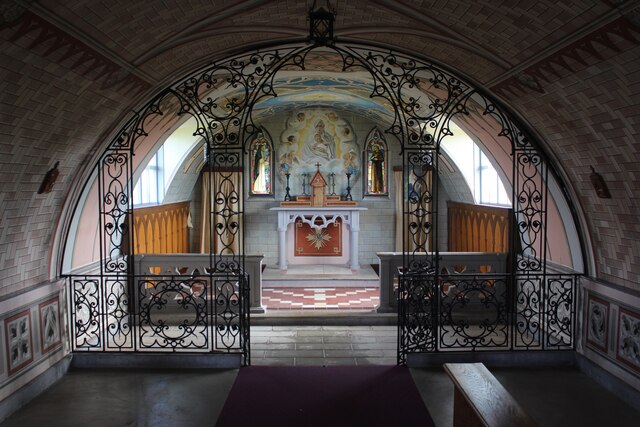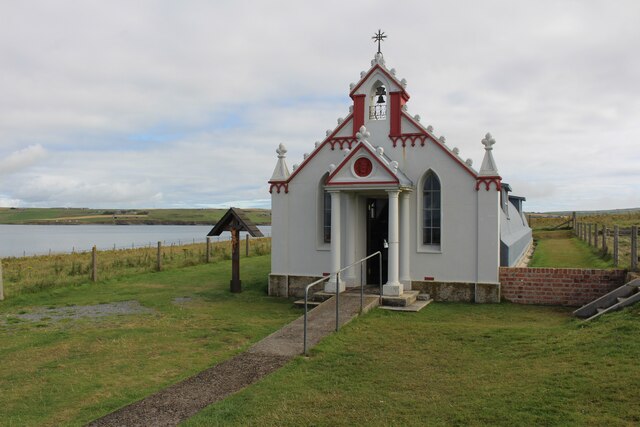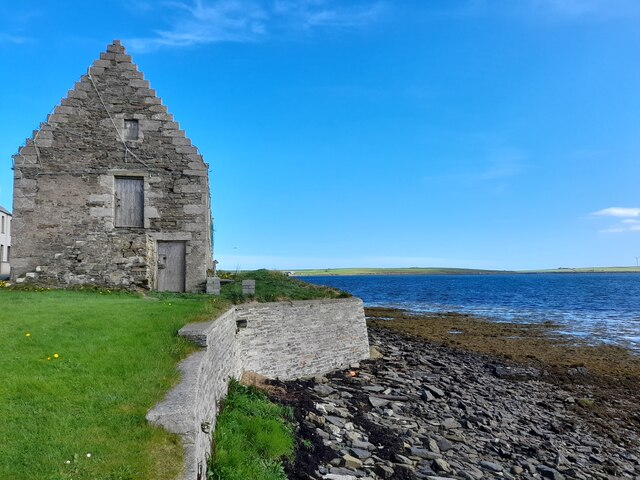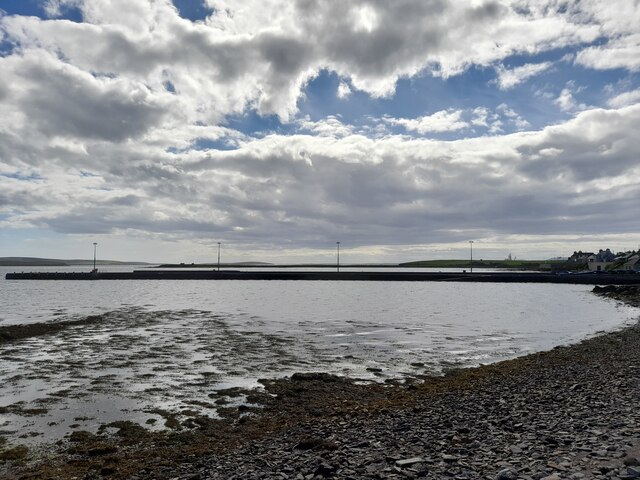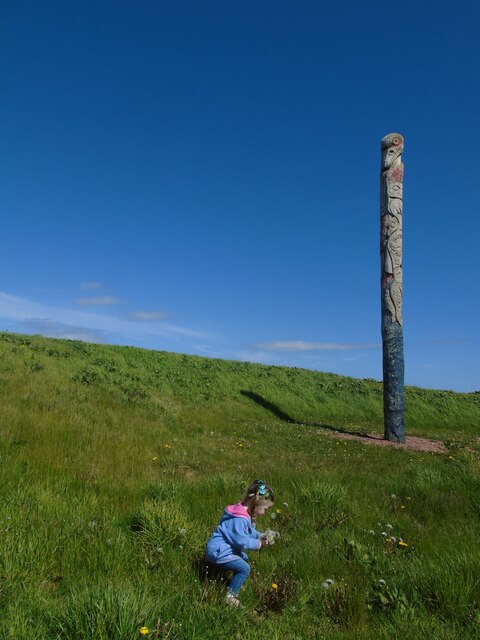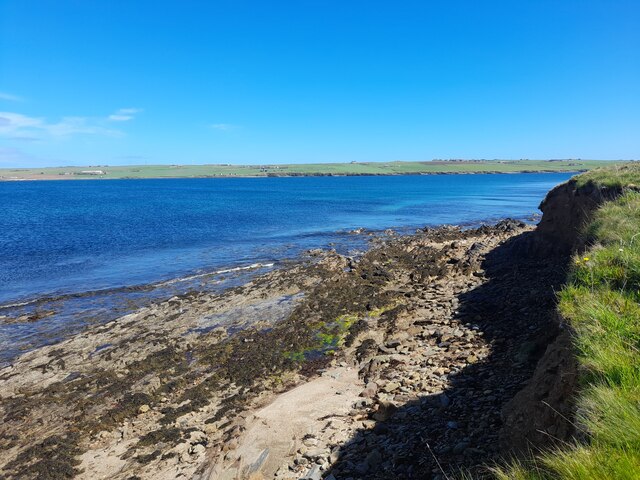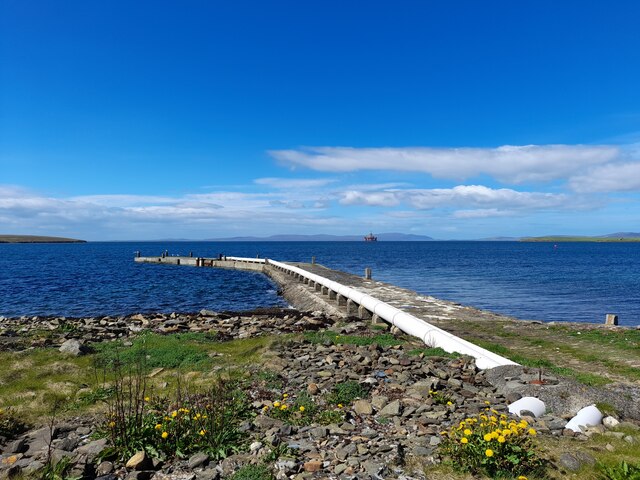St Mary's
Settlement in Orkney
Scotland
St Mary's
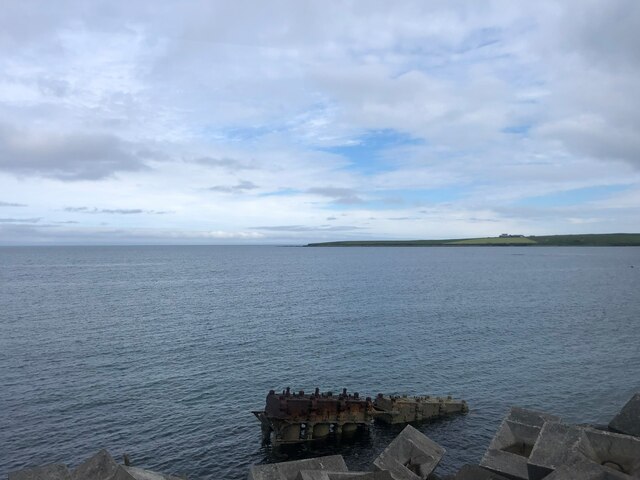
St Mary's is a small island located in the Orkney archipelago, situated off the northeastern coast of Scotland. With a land area of approximately 61 square kilometers, it is the largest of the Orkney islands. St Mary's is renowned for its picturesque landscapes, rich history, and vibrant wildlife.
The island is home to a population of around 500 people, mainly residing in the main settlement known as Kirkwall. Kirkwall serves as the commercial and cultural hub of St Mary's, offering various amenities such as shops, restaurants, and museums. The town also boasts the impressive St Magnus Cathedral, a magnificent medieval structure that dates back to the 12th century.
St Mary's is known for its archaeological treasures, with several Neolithic sites dotting the landscape. The most famous of these is the Ring of Brodgar, a Neolithic stone circle and UNESCO World Heritage Site. This ancient monument is believed to have been constructed around 2500 BC and continues to captivate visitors with its enigmatic beauty.
The island's rugged coastline and diverse habitats make it a haven for wildlife enthusiasts. Seabird colonies, including puffins and guillemots, can be spotted along the cliffs, while seals and otters can often be seen in the surrounding waters. St Mary's also offers opportunities for outdoor activities such as hiking, fishing, and kayaking.
With its stunning natural beauty and rich historical heritage, St Mary's is a must-visit destination for those seeking an authentic Scottish island experience.
If you have any feedback on the listing, please let us know in the comments section below.
St Mary's Images
Images are sourced within 2km of 58.89619/-2.9194285 or Grid Reference HY4701. Thanks to Geograph Open Source API. All images are credited.

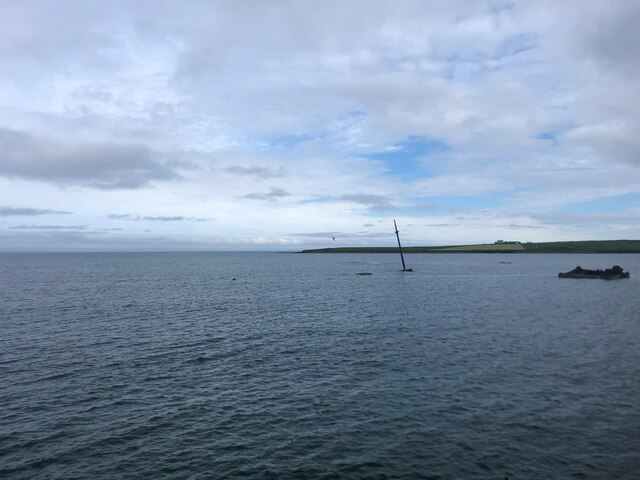
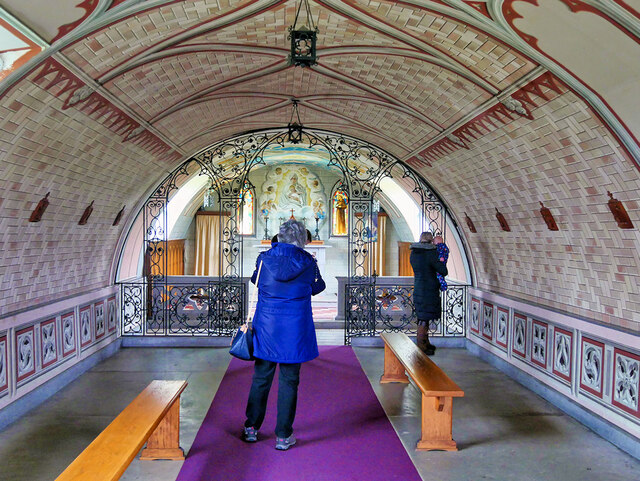
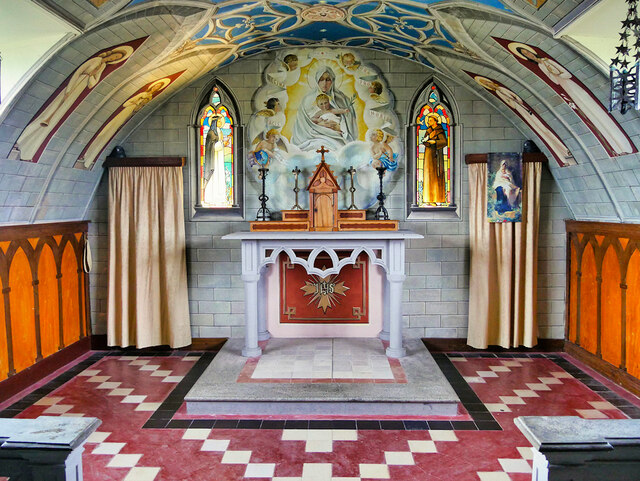



St Mary's is located at Grid Ref: HY4701 (Lat: 58.89619, Lng: -2.9194285)
Unitary Authority: Orkney Islands
Police Authority: Highlands and Islands
What 3 Words
///revamping.shelter.timer. Near Holm, Orkney Islands
Nearby Locations
Related Wikis
Broch of Ayre
Broch of Ayre, also known as St. Mary's Broch, is an Iron Age broch in Orkney, Scotland. == Location == Broch of Ayre is found on the northern shore of...
St Mary's, Orkney
St Mary's (also known as St. Mary's Holm) is a small village in the parish of Holm on Mainland, Orkney, Scotland. It was originally a fishing port.Orkney...
Orkney F.C.
Orkney Football Club is a senior association football club from the Orkney Islands, Scotland. The club was founded in 2012 and competes in the North Caledonian...
Italian Chapel
The Italian Chapel is a highly ornate Catholic chapel on Lamb Holm in the Orkney Islands. It was built during World War II by Italian prisoners of war...
Nearby Amenities
Located within 500m of 58.89619,-2.9194285Have you been to St Mary's?
Leave your review of St Mary's below (or comments, questions and feedback).
